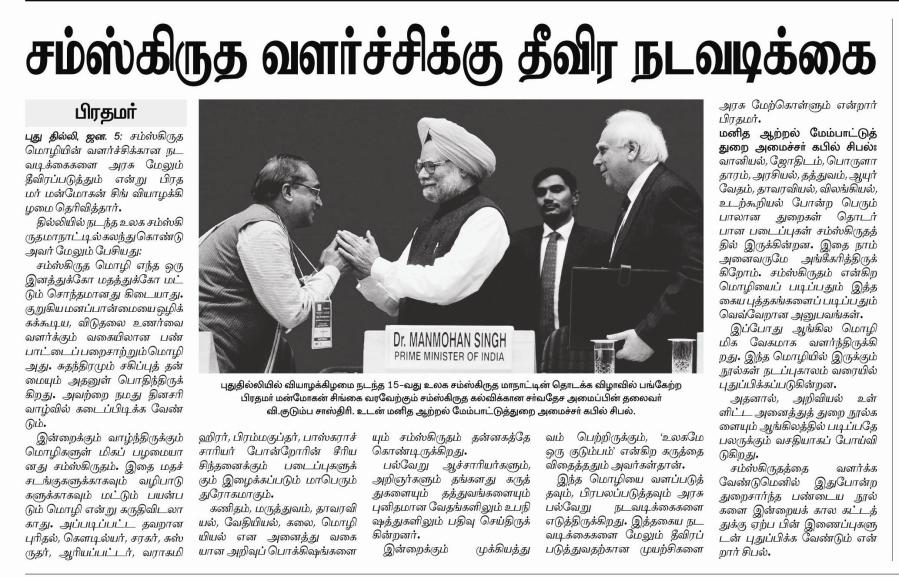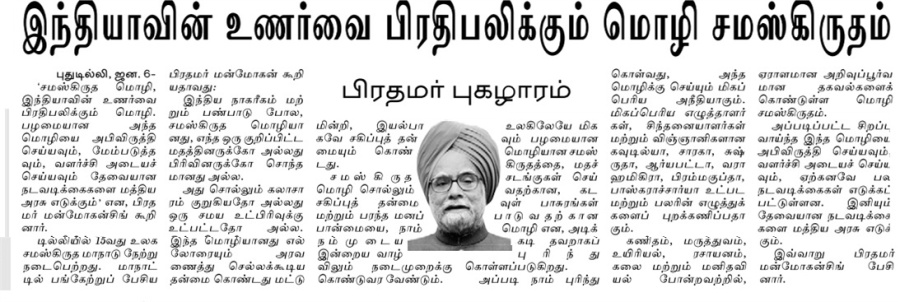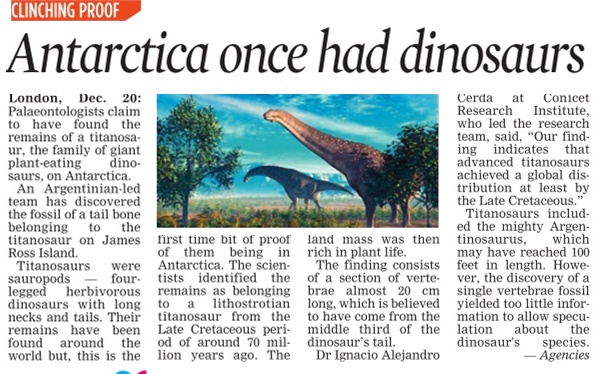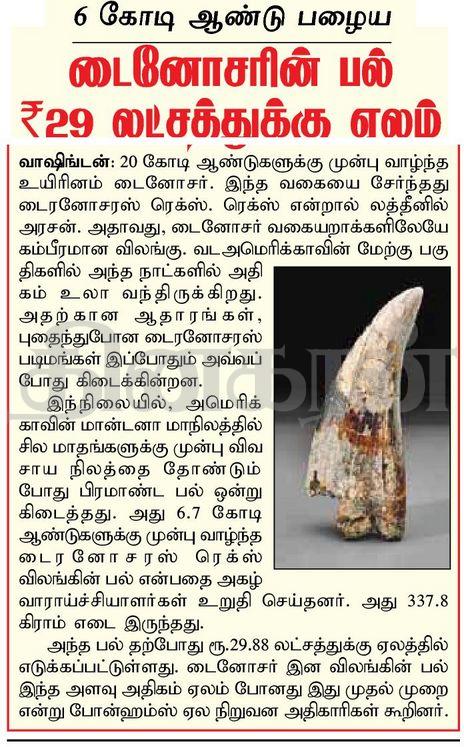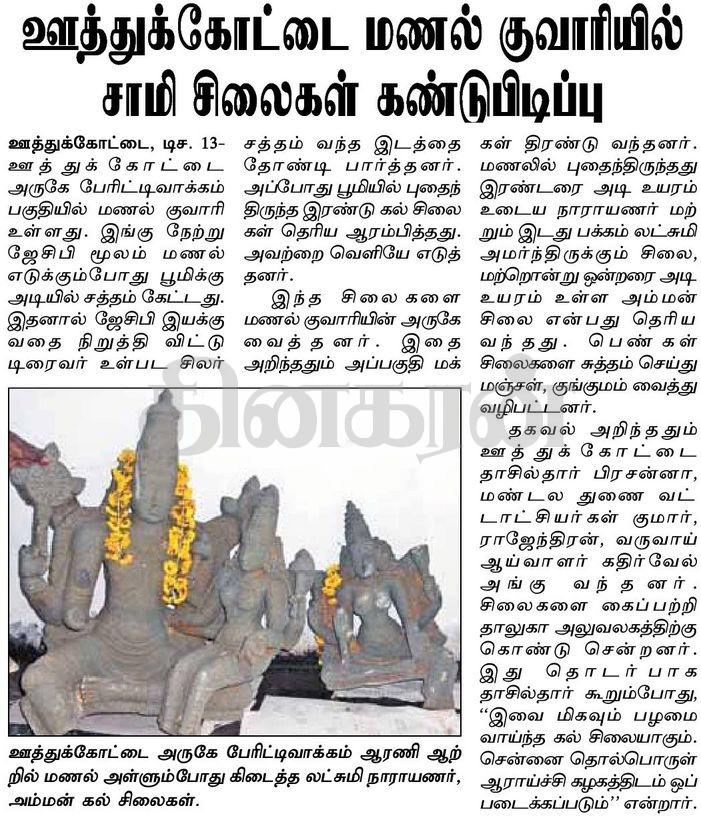இந்த ஆலயம் 1000 ஆண்டுகளுக்கு மேல் பழைமையானது என அறியப்படுகிறது.
சிவபெருமான், விநாயகர் ஆகியோரின் சிலைகள் கண்டெடுக்கப்பட்டுள்ளதாக சர்வதேச செய்திகள் தெரிவிக்கின்றன.
இந்த ஆலயத்தை ஒத்த ஆலயங்கள் இதற்கு முன்னர் கண்டு பிடிக்கப்பட்டு இருக்கவில்லை.
இதனால் இது மிகவும் முக்கியத்துவம் வாய்ந்தது என நிபுணர்கள் விளக்கம் தருகின்றார்கள்.

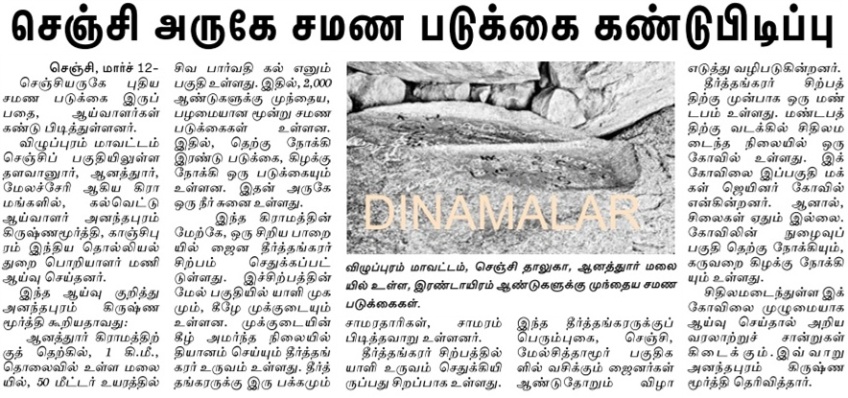
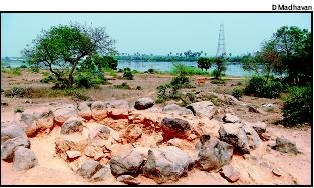

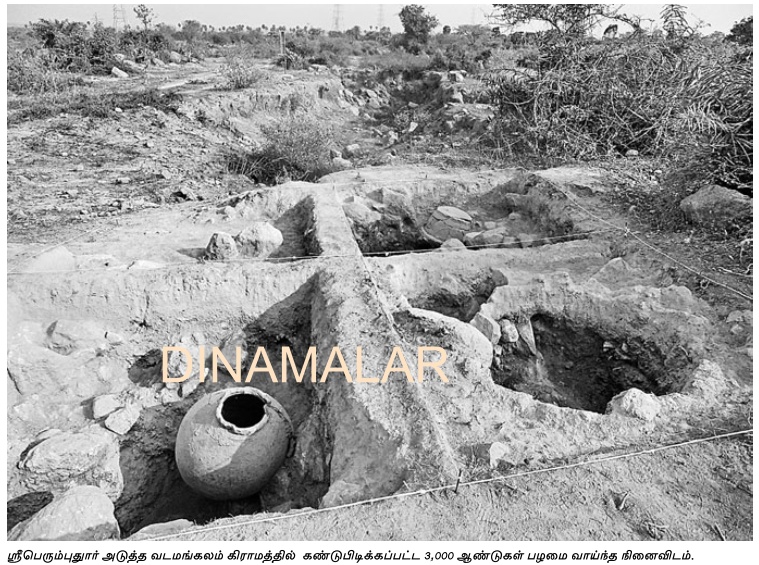




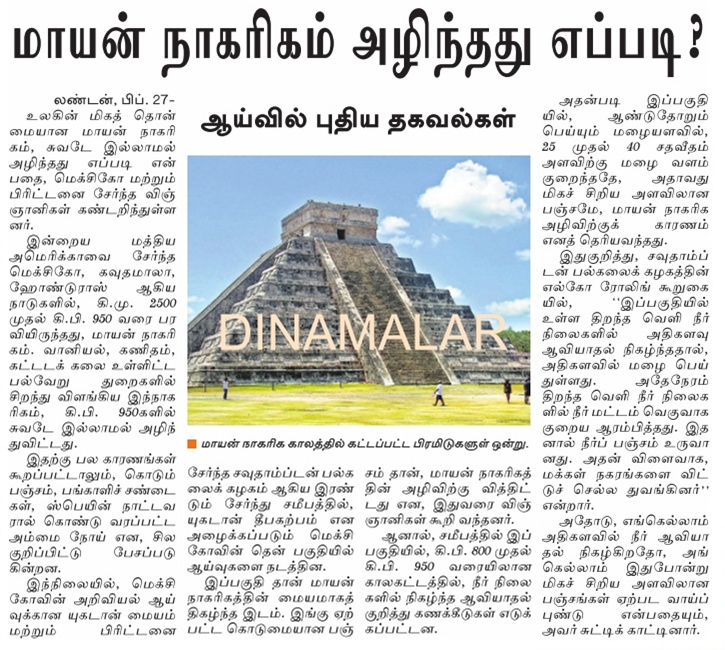




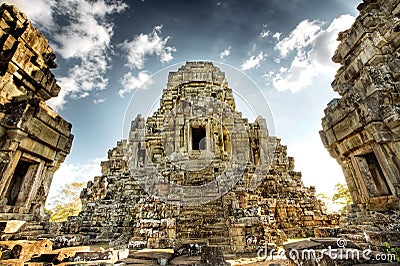
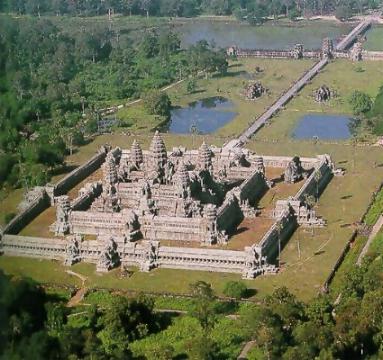




















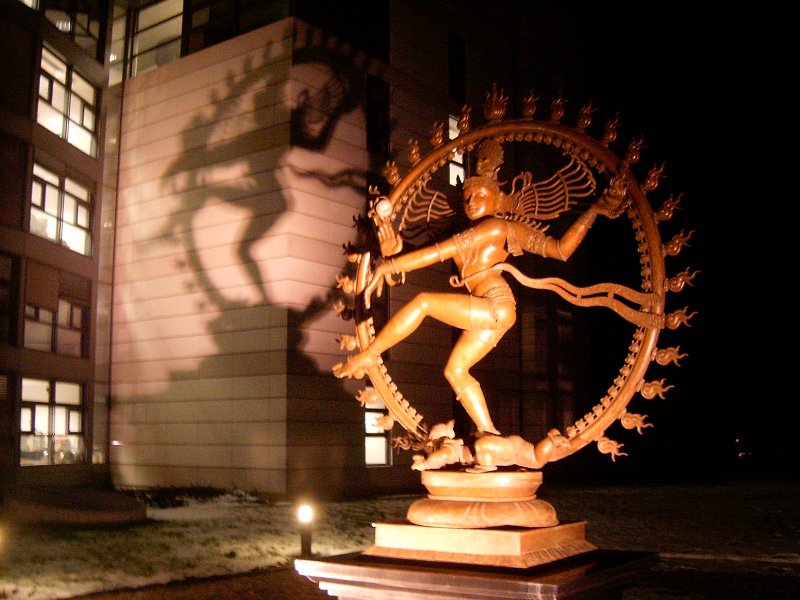

![[RIDLEY]](http://si.wsj.net/public/resources/images/RV-AF861_RIDLEY_G_20120203002423.jpg)
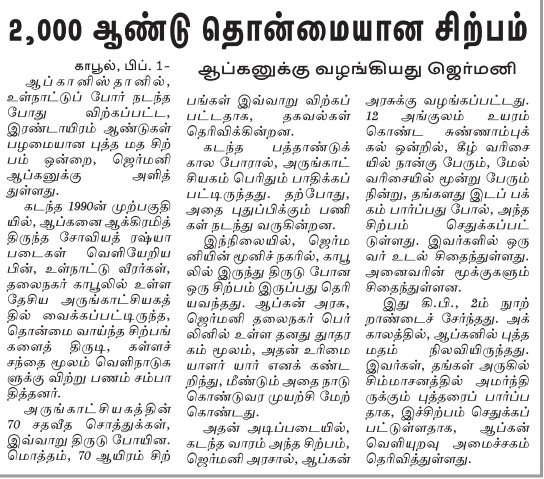






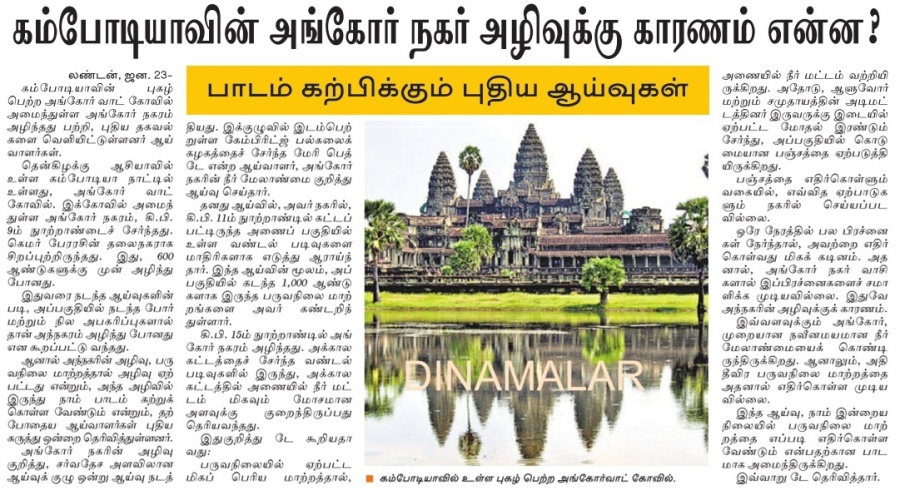


 Scientists from Germany, Bulgaria and France say the hominid pre-molar, discovered near the Bulgarian town of Chirpan, is seven million years old.
Scientists from Germany, Bulgaria and France say the hominid pre-molar, discovered near the Bulgarian town of Chirpan, is seven million years old.

